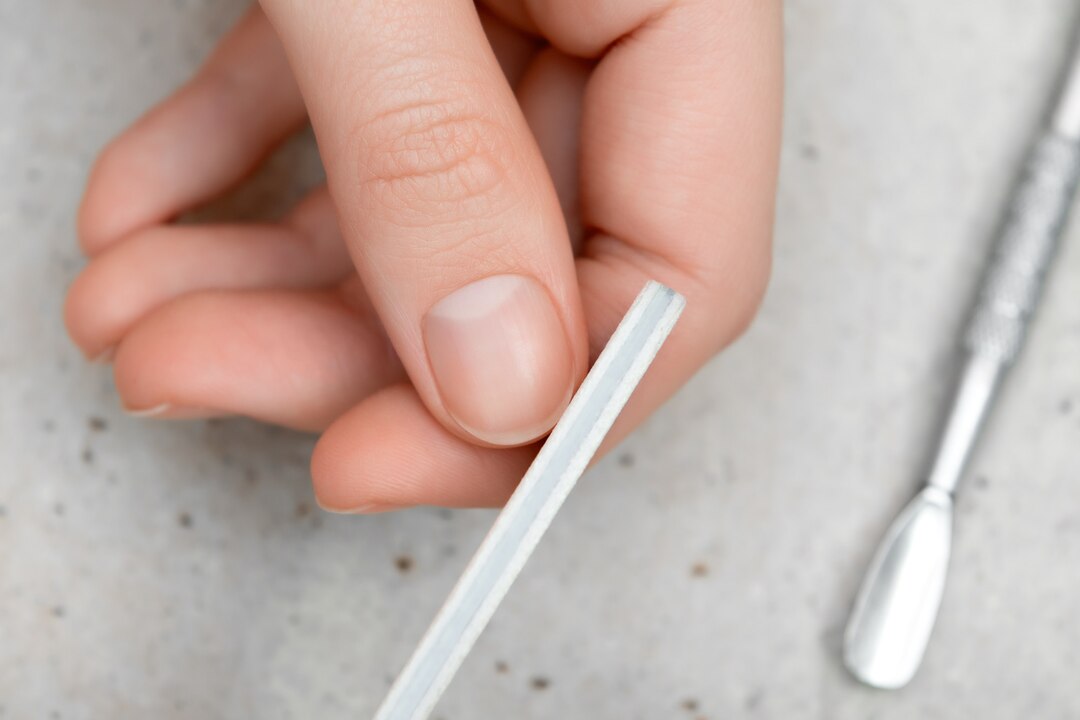Nails are not just a fashion statement; they can also serve as indicators of our overall health and well-being. However, like any part of the body, nails are prone to various issues that can arise due to factors such as genetics, lifestyle, and environmental factors. From brittle nails to fungal infections, understanding common nail problems and their solutions can help you maintain healthy, beautiful nails. In this article, we’ll explore some of the most common nail problems and offer practical solutions to address them.
- Brittle Nails:
Brittle nails are characterized by dryness, peeling, and easily breakage. This condition can be caused by a variety of factors, including frequent exposure to water and harsh chemicals, nutritional deficiencies, and aging. To combat brittle nails, try the following solutions:
- Keep nails well moisturized by applying a nourishing cuticle oil or hand cream regularly.
- Wear gloves when doing household chores or working with chemicals to protect your nails from damage.
- Ensure your diet is rich in nutrients like biotin, vitamins A, C, and E, and omega-3 fatty acids, which are essential for healthy nails.
- Nail Fungus:
Nail fungus, also known as onychomycosis, is a common fungal infection that can cause discoloration, thickening, and crumbling of the nails. It is often caused by exposure to warm, moist environments such as swimming pools, gyms, and communal showers. To treat nail fungus effectively, consider the following solutions:
- Use over-the-counter antifungal treatments such as creams, ointments, or nail lacquers.
- Keep nails clean and dry, and avoid wearing tight-fitting shoes or socks made of non-breathable materials.
- If over-the-counter treatments are ineffective, consult a dermatologist for prescription antifungal medications or laser therapy.
- Ingrown Nails:
Ingrown nails occur when the edge of the nail grows into the surrounding skin, causing pain, redness, and swelling. This condition can be caused by improper nail trimming, wearing tight shoes, or injury to the nail bed. To prevent and treat ingrown nails, try the following solutions:
- Trim nails straight across and avoid cutting them too short to prevent them from growing into the skin.
- Soak the affected nail in warm water to soften the skin and gently lift the edge of the nail away from the skin using a clean, sterile instrument.
- If the ingrown nail is severe or infected, seek medical attention from a podiatrist who can safely remove the ingrown portion of the nail.
- Nail Discoloration:
Nail discoloration can occur due to a variety of reasons, including fungal infections, trauma, underlying health conditions, or exposure to certain medications or chemicals. To address nail discoloration, consider the following solutions:
- Practice good nail hygiene by keeping nails clean and dry, and avoid exposing them to harsh chemicals or excessive moisture.
- Use a nail buffer or whitening nail polish to minimize discoloration and restore the natural color of the nails.
- If discoloration persists or worsens, consult a dermatologist to rule out any underlying health concerns and determine the appropriate treatment plan.
Maintaining healthy nails requires diligence, but with the right care and attention, you can overcome common nail problems and enjoy beautiful, strong nails. By implementing the solutions outlined in this article, you can address issues such as brittle nails, nail fungus, ingrown nails, and nail discoloration, and keep your nails looking their best. Remember, if you’re unsure about the cause of your nail problem or if it persists despite home remedies, don’t hesitate to seek advice from a healthcare professional.








